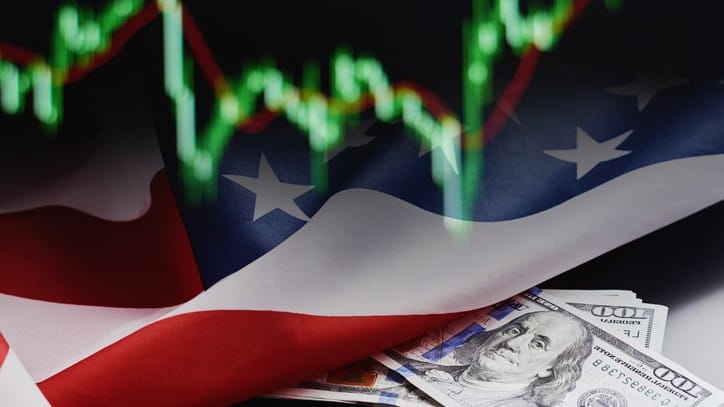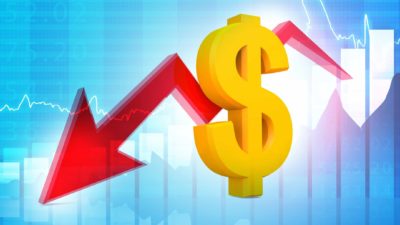All eyes have been fixed on the state of the United States economy – even more so than usual. The US has arguably been leading the global economic recovery.
Its giant stimulus package that was passed in March has given the US economy a major boost. And the country is also a leader in coronavirus vaccine numbers, with roughly half the population now fully vaccinated.
Last month, US inflation figures for April surprised many commentators – and the markets – with their strength. The US economy posted its highest inflation numbers in 12 years, with a 0.9% rise in the consumer price index (CPI) for the month of April.
Today we get a look at these same numbers for the month of May.
What's happening with US inflation?
According to the US Bureau of Labor Statistics, the American CPI rose another 0.6% on a seasonally adjusted basis during May. 'Core inflation', which excludes food and energy prices, rose 0.7%.
Over the past 12 months, prices have risen 5% before seasonal adjustment. This was reportedly the largest annual rise since August 2008. However, it does include a large impact from the coronavirus pandemic last year. So take that figure with a grain of salt.
Used cars and trucks were one of the largest contributors to this move, with this sector rising by 7.3% over May.
According to a report in today's Australian Financial Review (AFR), these figures have some economists concerned about future inflation. And, more pressingly, how central banks like the US Federal Reserve and the Reserve Bank of Australia (RBA) will respond.
The AFR quoted Scotiabank's Derek Holt as saying:
Base effects? Oh please. Transitory? We'll see, but it's not obvious that price pressures will prove to be fully fleeting… The Fed needs to sound less certain about transitory factors because the Fed's base effect argument is getting overwhelmed by data.
The AFR put forward that this opinion was backed up by Allianz adviser Mohamed El-Erian, who said:
We will likely be told by some not to worry as this is 'transitory'. That's unfortunate. As I've argued for a while now, both the scale and scope of the micro and macro data necessitate a more open mindset.
However, others are not so worried. US president Joe Biden's administration has reportedly said the global shortage of semiconductor chips, which is unlikely to be permanent, is a major contributor to the rising prices.
What this might mean for ASX shares
If higher inflation persists over time, that is, beyond any 'transitory' phase or chip shortage, it would likely be bad news for ASX shares.
The RBA and the US Fed have both signaled they are committed to keeping interest rates at their current record low levels until at least 2024. If unexpectedly higher inflation forces their hands earlier than this, it could result in bad news for ASX shares.
That's due to higher interest rates generally resulting in downward pressure on share markets. This is because when rates rise, 'safer' investments such as term deposits and government bonds will pay higher interest rates. This attracts investors away from 'riskier' shares.
We'll have to wait and see if these numbers out of the US are indeed just a result of chip shortages and a recovering economy, or the start of a new inflationary period. Investors are probably hoping for the former after this news today.









